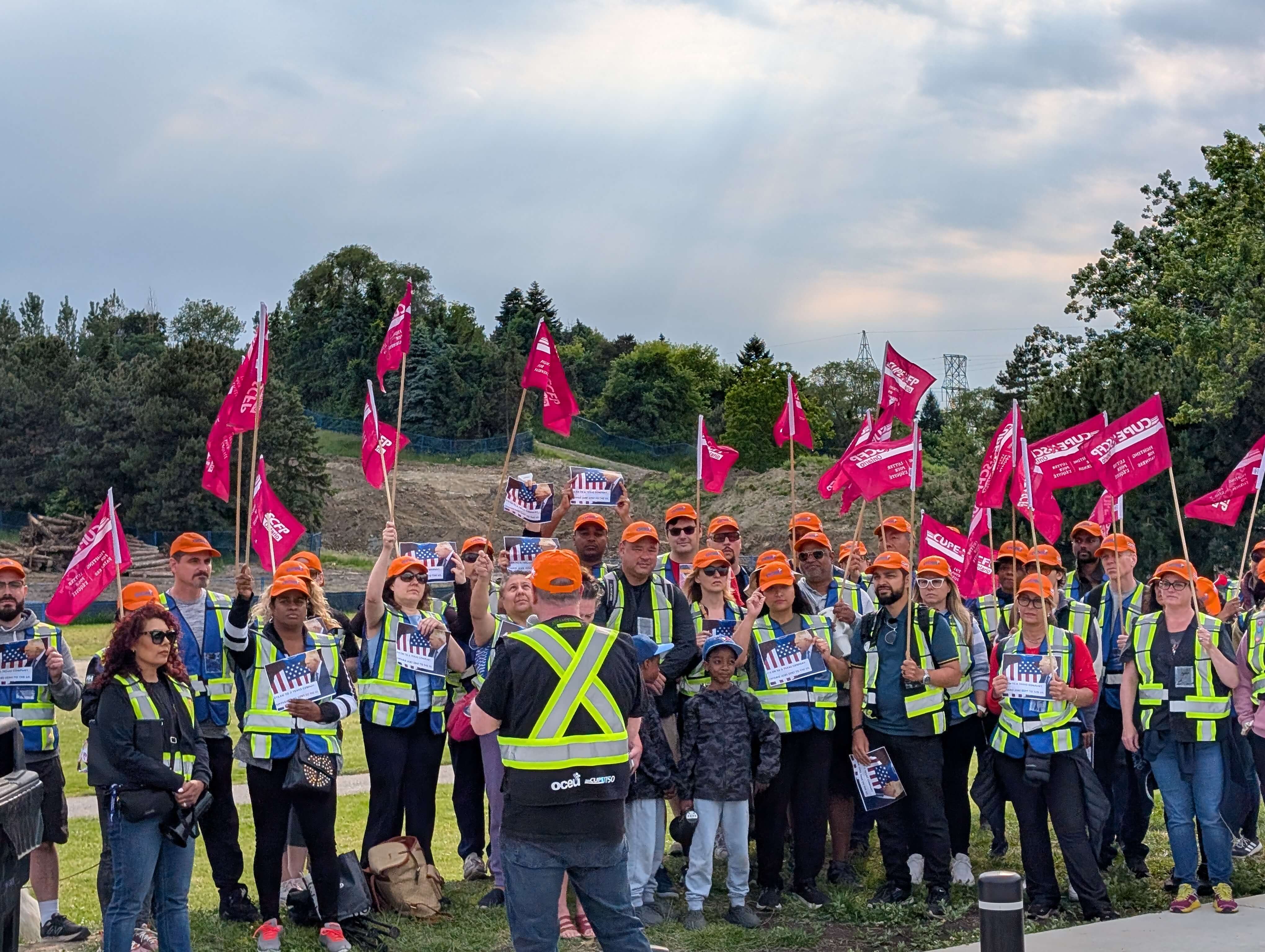Prevention and safety can be simple but rely on the will of people to do it, says injury research guru

These last two years have been rough on safety professionals and the pandemic continues to devastate and wreak havoc. But one of the things that COVID has shown is that injury prevention and safety can be relatively simple.
"It relies upon the will of people to do it; of people to behave, and of policy makers and leaders to make it very easy to behave in that way,” says Dr. Ian Pike, Director, B.C. Injury Research and Prevention Unit.
The lessons learned from COVID can hopefully now be applied to workplace health and safety, and specifically to injury prevention strategies.
The B.C. Injury Research and Prevention is a multi-partner organization that has a mandate from government to monitor trends and patterns of injury in B.C. and make recommendations on best practices and improvements.
“We have a mandate that looks at all injuries along the injury lifespan,” says Dr. Pike.
Initially, when the Unit was first set up there was an agreement that it would not focus on workplace health and safety prevention because at the time WorkSafeBC had established industry-specific knowledge and transmission centres and the organization had a very robust workplace education and research.
“Over time however, we’ve been asked to look at workplaces and in particular at young worker injury prevention,” says Dr. Pike. “We’ve also been asked to look at how our community-based injury prevention initiatives can transfer to workplace injury prevention.”
Part of the Unit’s mandate is to deliver a public information education program. To do that, it works with The Community Against Preventable Injuries (Preventable) on social marketing educational campaigns.
Preventable, which has been in market for around 12 years now, focuses its campaigns on affecting people’s attitudes and behaviours, part of which and notably, is how community-based initiatives translate into workplace behavioural changes.
“We are quite convinced that there is a link between the Preventable campaign and change of attitudes in the workplace,” says Dr. Pike. Over the years that Preventable has delivered its campaign, data shows that those workers who report having seen the campaign have safer workplace attitudes and behaviours compared with those who have not.
Preventable also works with partner employers on messaging within the workplace to sensitize employees to workplace injuries. The program (called Preventable@) is not meant to replace an organization’s OHS program but supplement, complement and enhance it, says Dr. Pike:
“We’ve done this with several organizations and their reports are the whole climate and culture around health, safety and wellbeing in the workplace are enhanced and improved.
What we learned was that both management and employees reported that the program was a less contentious and confrontational approach to health and safety, allowing a more cooperative approach in meeting the requirements of OH&S, and meeting a shared goal of, “a culture of injury prevention in the workplace.”
The Unit and Preventable also work on campaigns for young workers, notably young male workers.
Dr. Pike says that despite “bravado”, young male workers “are very deferential in a hierarchical system,” which means that they may not be inclined to speak up if there is an issue.
Preventable wants to encourage workplaces to build a workplace culture that supports young workers’ ability to ask questions without ridicule and for managers to recognize and pay attention to young workers who may be reticent to sticking their hands up.
“One of the ways in which we’re trying to frame things [for young workers] is to examine the situation, know the risks, take the steps which include having the right gear, the right training and asking questions if you’re unclear,” says Dr. Pike.





